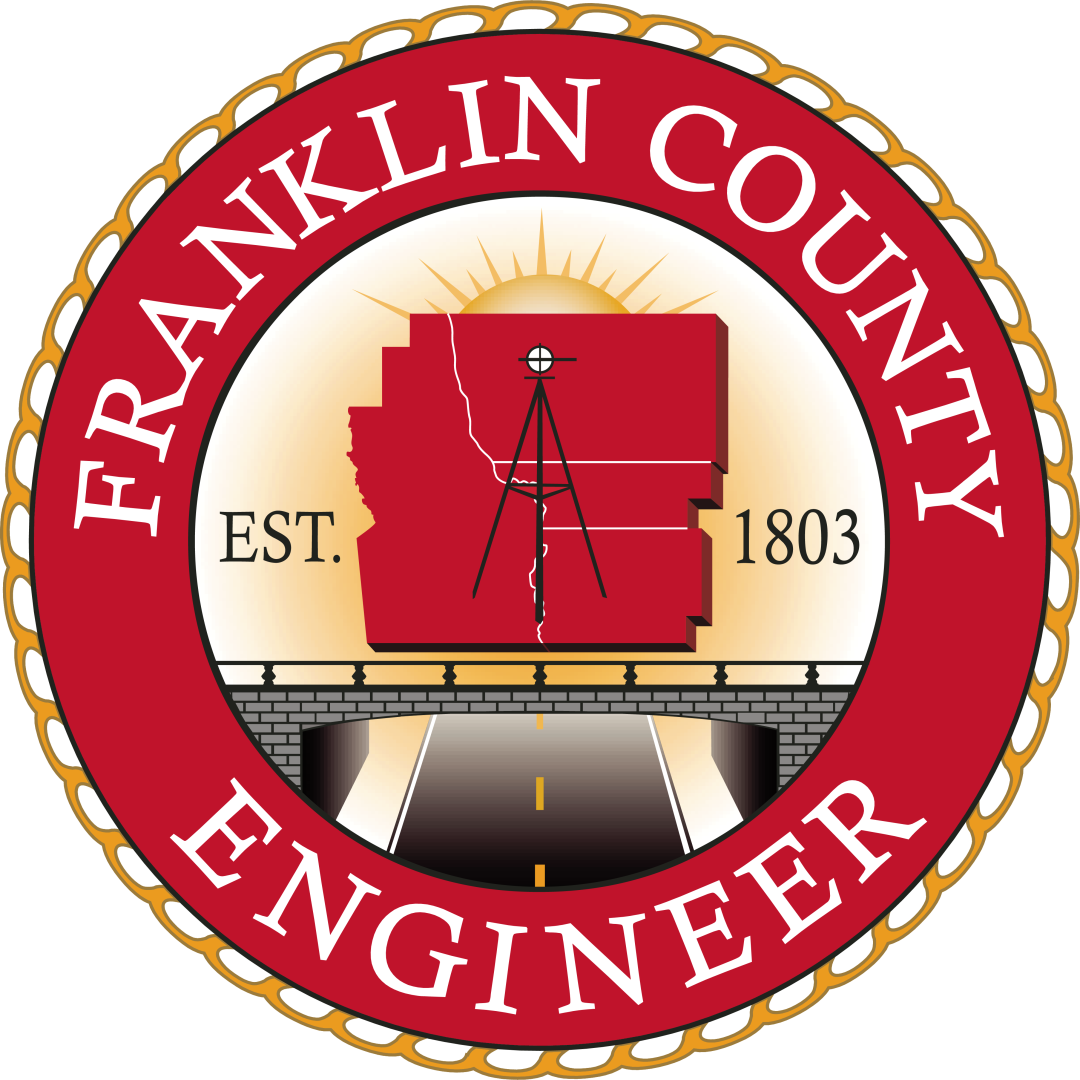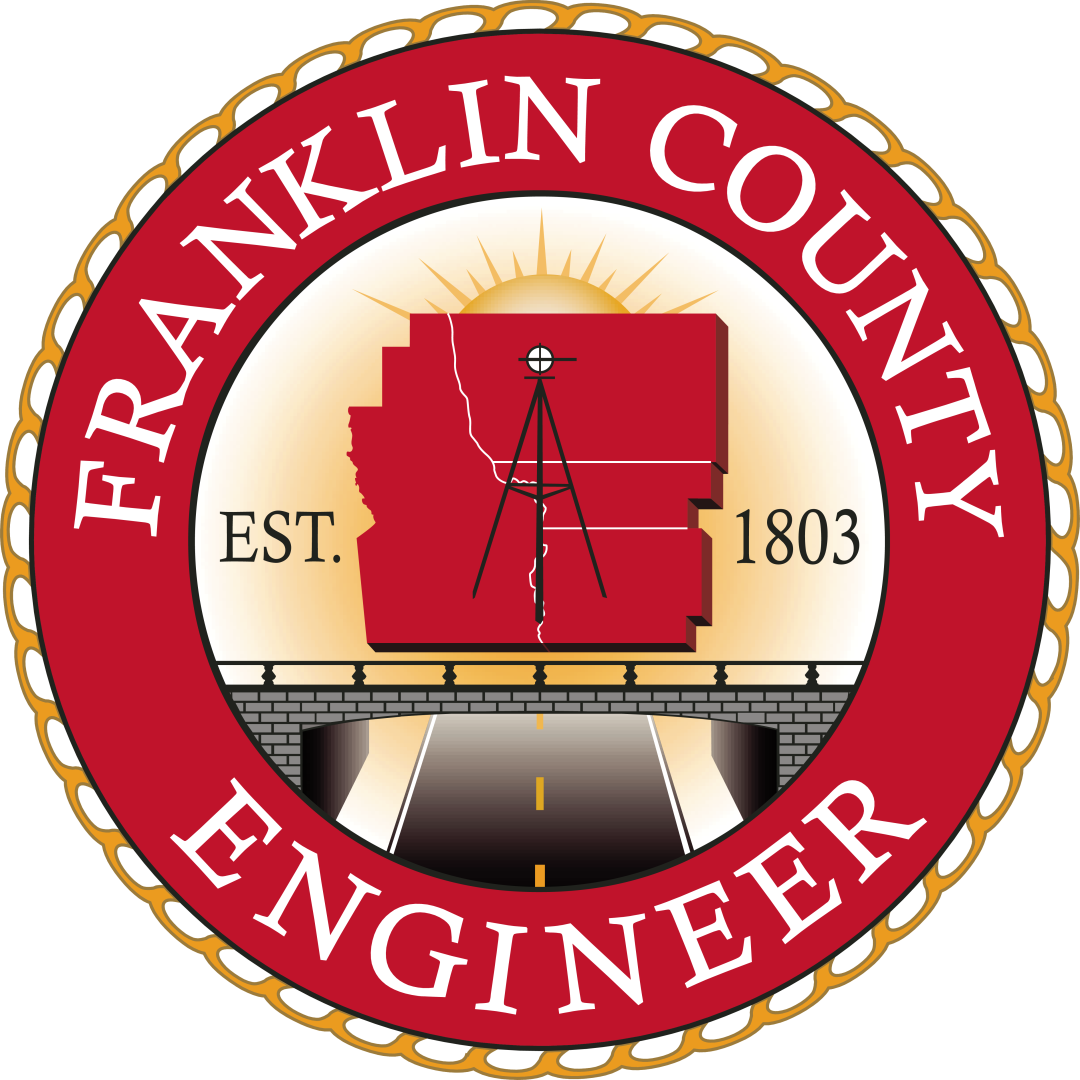Roundabouts
We want everyone to feel confident, be secure, and to “keep in the loop” with their safe driving practices as they travel modern roundabouts.
To help the public become more familiar with how to drive a roundabout, we’ve created this user guide that shows the various traffic patterns, rules, and general instructions that we hope everyone will follow.
What is a modern roundabout?
It is a one-way circular intersection with yield control of all entering traffic. Vehicles circulate counter-clockwise at speeds around 20 M.P.H. The lane use is very similar to a typical four-way intersection except for a slight circular adjustment.
Seven rules for safely driving roundabouts:
- Slow down
- Get in the correct lane before entering the roundabout:
- Use the right lane for turning right or going straight (same as a conventional intersection).
- Use the left lane for going straight or turning left (same as a conventional intersection).
- Use the left lane to make a U turn.
- Look for and yield to pedestrians in the crosswalk before entering the roundabout.
- Yield to all circulating traffic when entering the roundabout. Even if there are two lanes in the roundabout, yield to both.
- Drive counter-clockwise, following the one-way traffic pattern.
- Do not change lanes within the roundabout.
- Look for and yield to pedestrians in the crosswalk upon exiting the roundabout.
Why build a modern roundabout instead of a typical intersection?
Modern roundabouts are safer than traditional intersections, which have more conflict points and operate at higher speeds.
Studies have shown that roundabouts provide nearly an 80 percent reduction in injury accidents since the circular layout dramatically reduces the likeliness of head-on or broadside collisions.
What are some of the other benefits of modern roundabouts?
- Traffic from all directions is slowed down to the same speed, giving motorists more time to judge and react to traffic.
- Shorter and better-planned crosswalks are located away from the busy intersection.
- There is a reduction in pollution and fuel use since there is less idle time for motorists.
- Slower speeds and fewer stops and starts result in less traffic noise.
- There are no expensive traffic signals to install or maintain.





